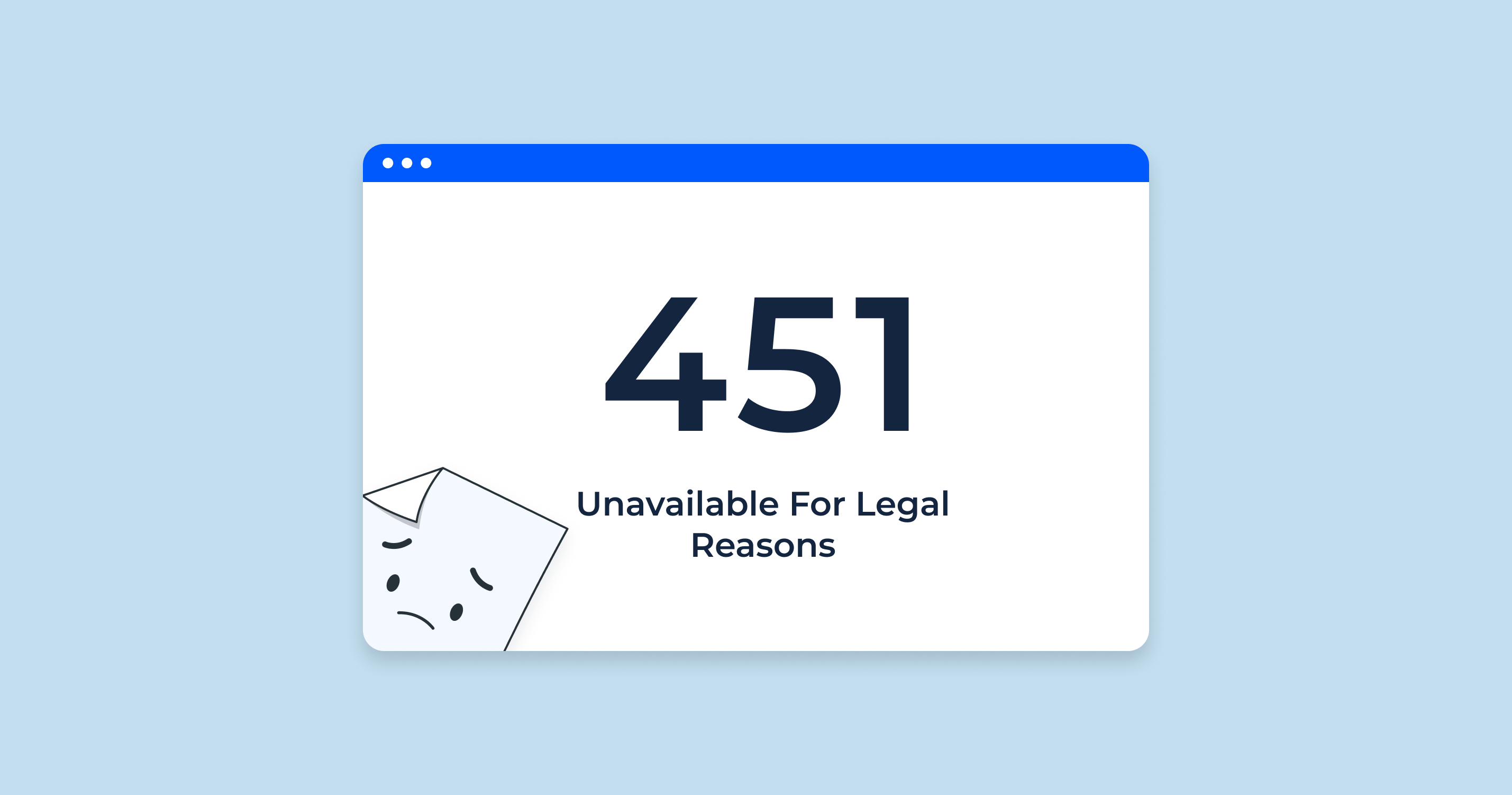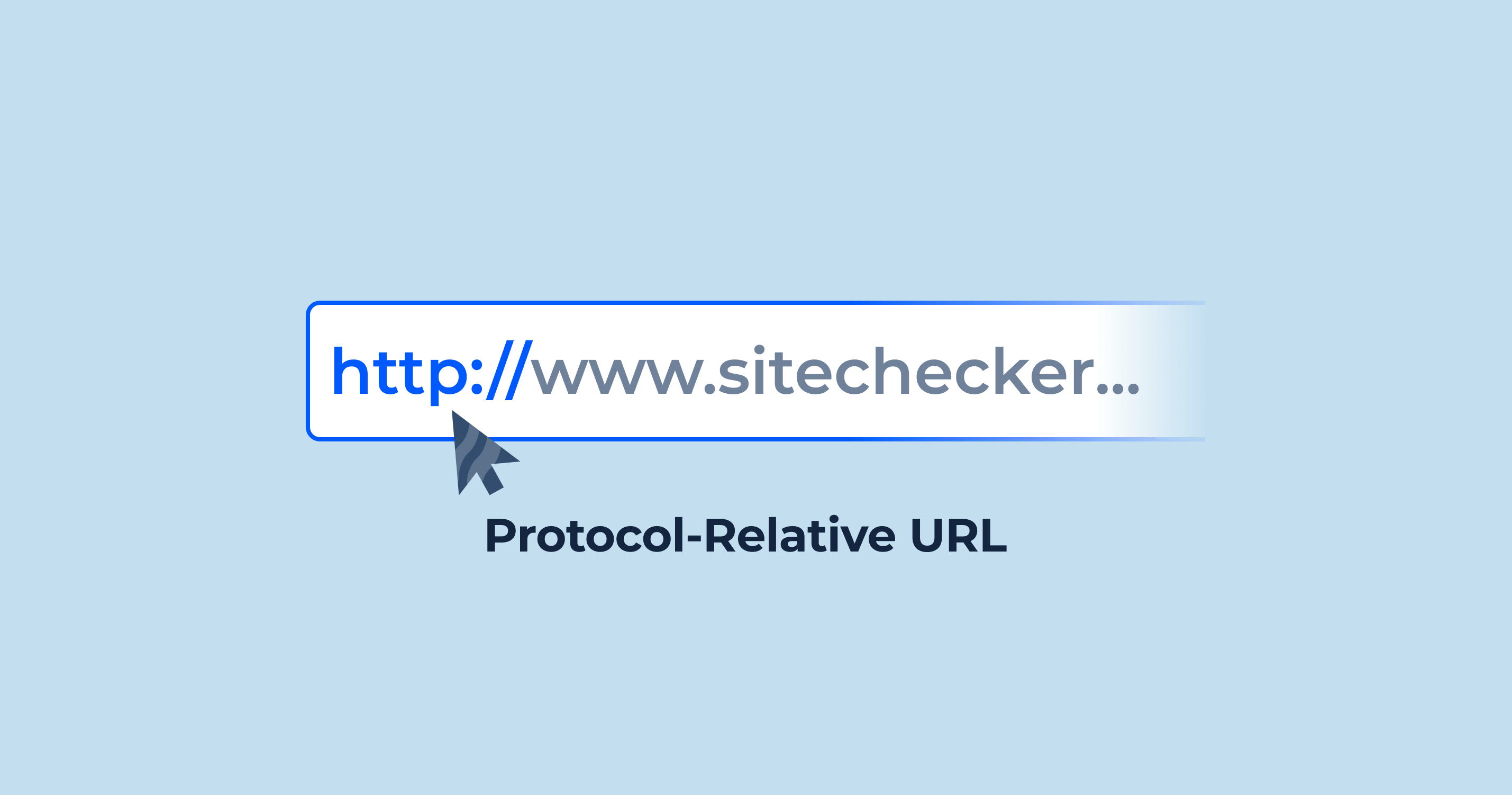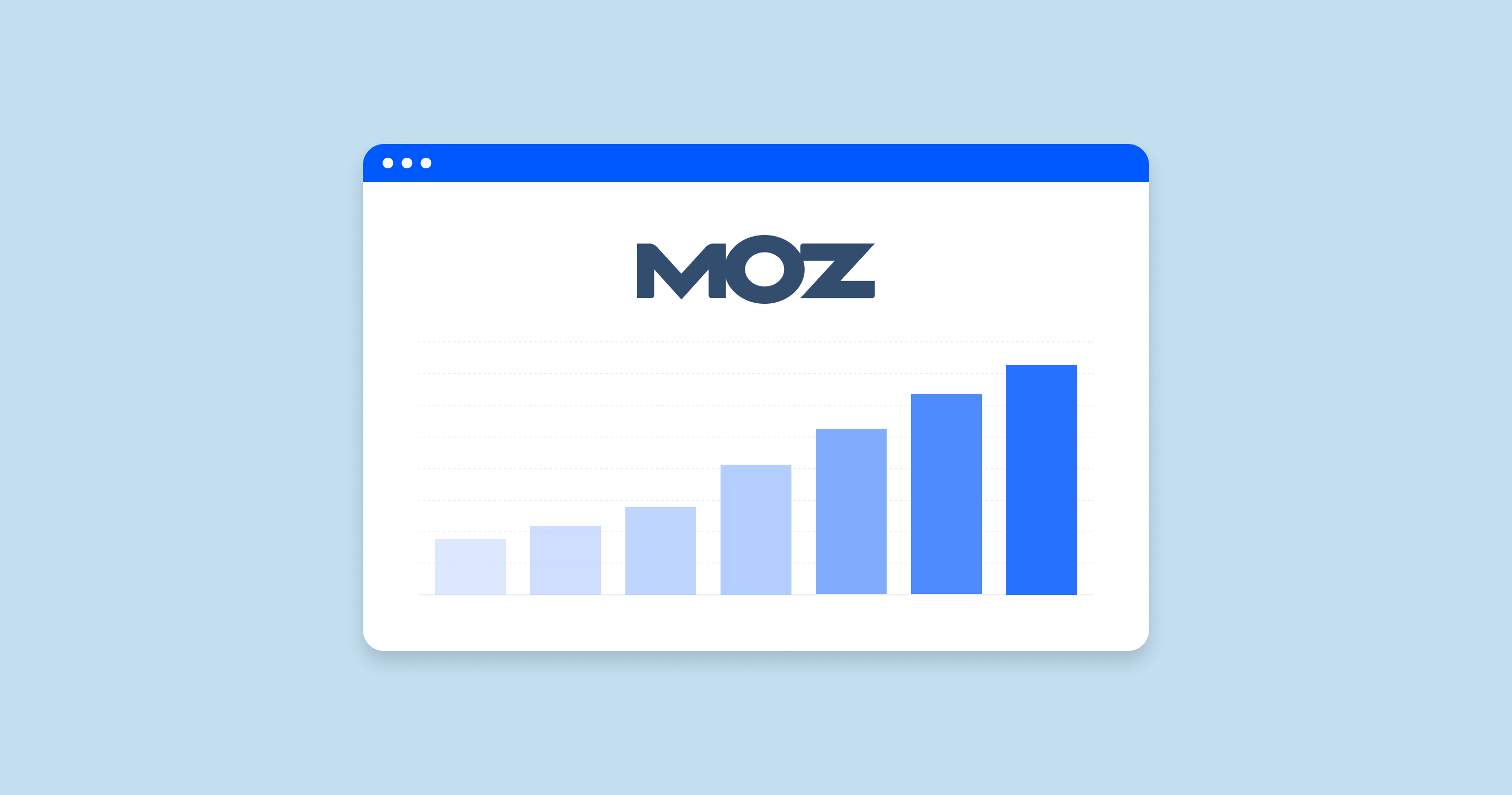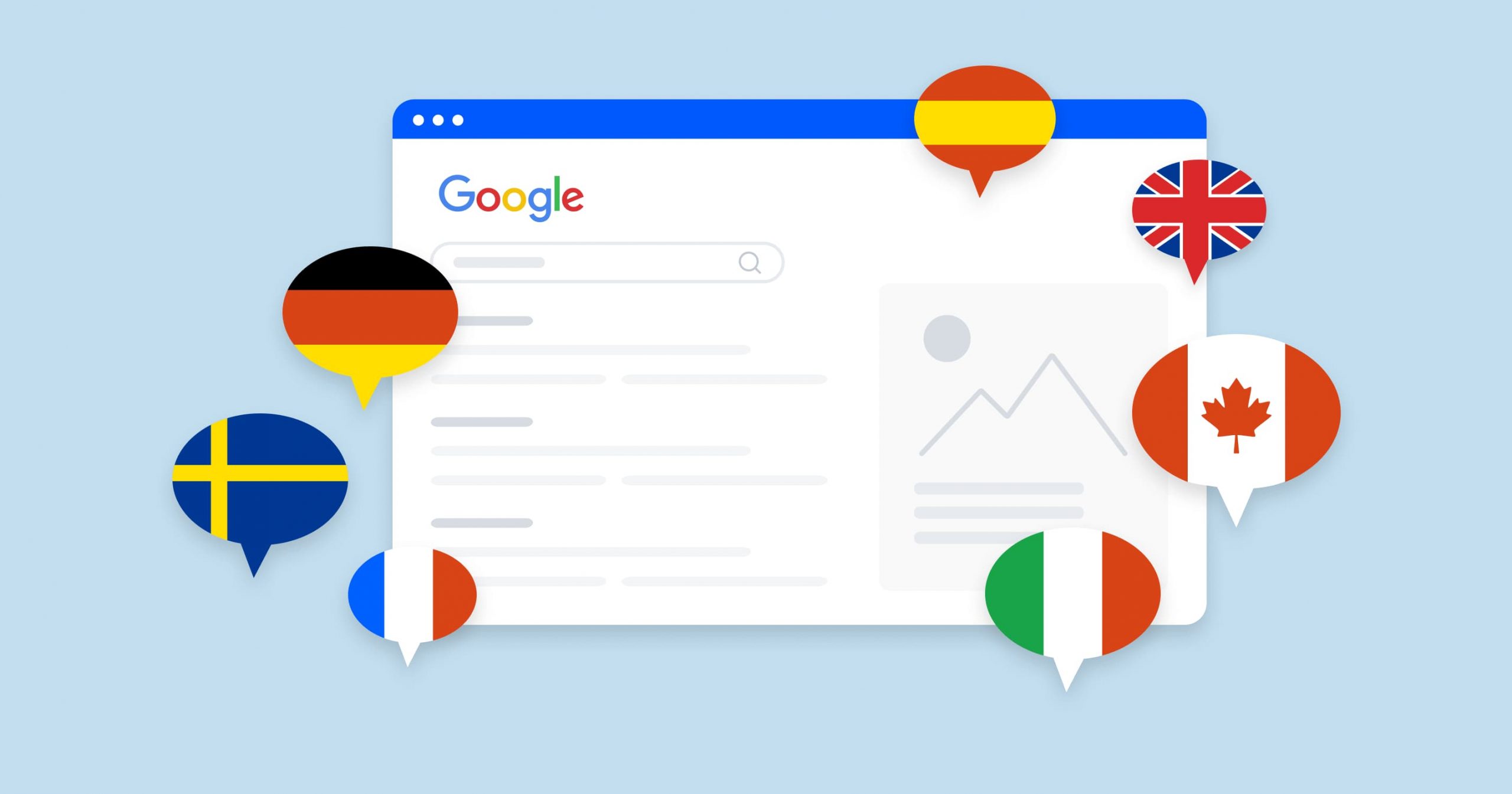The 451 status code is indeed an interesting one because it is a unique situation where the technological and legal worlds intersect.
Here’s a more detailed definition:
The 451 HTTP status code signifies “Unavailable For Legal Reasons.” This status code is used when a server operator has received a legal demand to deny access to a resource or to a set of resources that includes the requested resource. The status can be used in response to demands such as government-imposed internet censorship, court orders, or other situations where certain information is legally restricted from being made public.
This status code was inspired by Ray Bradbury’s dystopian novel “Fahrenheit 451,” where books are outlawed. It was proposed by Tim Bray in 2012, and it was approved by the Internet Engineering Steering Group (IESG) in December 2015.
When a website returns a 451 status code, it is expected to display a page explaining the situation, the relevant legal demand or law, and, if possible, what jurisdictions are affected.
However, it’s worth mentioning that not all servers or jurisdictions may choose to use this status code, even if they are legally restricting access. Some might use other status codes like a 403 (Forbidden) or a more generic 404 (Not Found) instead, particularly if they wish to obscure the fact that content is being blocked for legal reasons. This makes the 451 status code a valuable tool for transparency about online censorship and legal restrictions.
Explanation of When 451 is Used
The 451 HTTP status code is typically used when access to the content of a webpage is legally restricted. This can arise in a variety of circumstances, reflecting the myriad legal scenarios that can shape and limit the availability of online content.
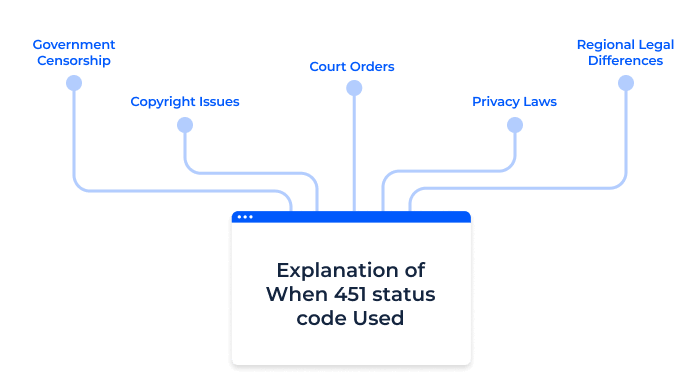
One common use case is government censorship. If a government deems that certain content is illegal, poses a risk to national security, or disrupts public order, it may impose restrictions on internet service providers and website administrators to block access to such content. In such cases, a 451 status code provides a clear, although not mandatory, signal of this restriction.
The 451 status code can also be invoked in cases of copyright infringement. If a website contains material that breaches someone else’s copyright – for instance, pirated movies or music – and is legally required to remove it, a 451 may be displayed to users who attempt to access this removed content.
Court orders can also necessitate the use of a 451 status code. For example, in instances of defamation or as part of ‘right to be forgotten’ requests – a legal concept prevalent in the European Union that allows individuals to request the deletion of their personal data – courts may mandate that specific content be rendered inaccessible. The 451 status offers a transparent way to communicate this legally enforced restriction to users.
Similarly, privacy laws can drive the usage of the 451 status code. Websites may need to block access to certain types of personal data in compliance with laws like the General Data Protection Regulation (GDPR) in the European Union.
Finally, the global nature of the internet juxtaposed with the regional nature of law can lead to unique situations where the 451 status code is useful. Legal interpretations and definitions can vary significantly from one country to another. As a result, certain content may be perfectly legal in one region while being illegal in another. In these instances, websites may use the 451 to selectively block access to specific content based on the user’s region, allowing for differential content availability based on regional legality.
451 Status Code Impact SEO
The 451 HTTP status code, indicating a page is “Unavailable For Legal Reasons,” can impact Search Engine Optimization (SEO) in several ways:
| De-indexing of Pages | When a search engine crawler encounters a 451 status code, it understands that the page is unavailable due to legal restrictions. This could lead search engines to de-index the page, causing it to disappear from search results and leading to a decrease in organic traffic. |
| Impact on Domain Authority | If a significant portion of a website’s content is returning a 451, it could impact the site’s domain authority, a measure of a site’s credibility and how well it’s likely to rank on search engine results pages (SERPs). An excess of unavailable pages could signal to search engines that the site is not providing valuable content, potentially lowering the site’s authority. |
| User Experience | Frequent encounters with unavailable pages could lead to a negative user experience. If users are often frustrated by legal restrictions on content, they may avoid the site in the future. Though not a direct SEO factor, user experience influences SEO as search engines prioritize sites that provide useful and accessible content. |
| Regional Inconsistency | Since the 451 status code can be applied based on regional legal restrictions, a site may be inconsistently available across different geographical regions. This can confuse search engine crawlers and may affect how the site is indexed and ranked in different regions. |
While the 451 status code serves an important function in indicating legally restricted content, it presents unique challenges to SEO that require careful management and mitigation to minimize potential negative impacts.
Ways to Handle a 451 Status Code
While encountering a 451 HTTP status code can pose challenges for SEO, there are strategies that can be employed to mitigate these potential issues. Here are some ways to handle a 451 status code:
Geo-Targeting
If the content is only legally restricted in certain regions, geo-targeting can be used to display different content to users in different locations. For example, if a piece of content is blocked in one country but not in others, the server can be set to return a 451 status code to users from the restricted country while providing the content to users from other countries. This way, the content remains available to a portion of your audience and can continue to contribute to your site’s SEO.
Alternative Content
For users in regions where the content is blocked, consider providing alternative content that abides by legal restrictions. This can help maintain user engagement and reduce the potential impact on your site’s domain authority. The alternative content should still provide value to users and be optimized for search engines.
Legal Advice
If your website is hit with a 451 status code, it may be worthwhile to consult with a legal professional. They can help you understand the specific legal demand, the jurisdictions it applies to, and whether there are ways to lift or mitigate the restriction.
Proper Use of Status Codes
It’s important to ensure that the correct status codes are used on your website. A 451 should only be used when content is unavailable for legal reasons. Using this status when it’s not appropriate could confuse search engines and users, which could harm your site’s SEO.
Communication
Make sure to clearly communicate to your users why the content is unavailable. This can help maintain user trust and potentially reduce the impact on user experience.
By employing these strategies, it’s possible to manage the potential SEO impacts of a 451 effectively.
451 Status Code Common Issues and How to Fix Them
Dealing with 451 status code errors can be complex given the legal implications, but there are certain common issues and ways to resolve them:
1. Inappropriate Use of 451 Status Code
Sometimes, a 451 might be incorrectly used when a different status code is more suitable. This can confuse search engines and lead to SEO issues.
2. Overuse of 451 Status Code
Excessive use of the 451 status code can potentially impact your site’s SEO, as search engines might de-index pages or decrease the domain authority.
3. Lack of Clear Communication
A 451 status code without clear communication can frustrate users, leading to a poor user experience.
4. Misunderstanding of Legal Requirements
In some cases, a 451 status code might be used because of a misunderstanding or misinterpretation of legal requirements.
5. Impact on Site Traffic
A 451 status code can lead to a reduction in site traffic, which could affect your site’s SEO.
HTTP Status Code Checker Tool for Identifying HTTP 451 Errors
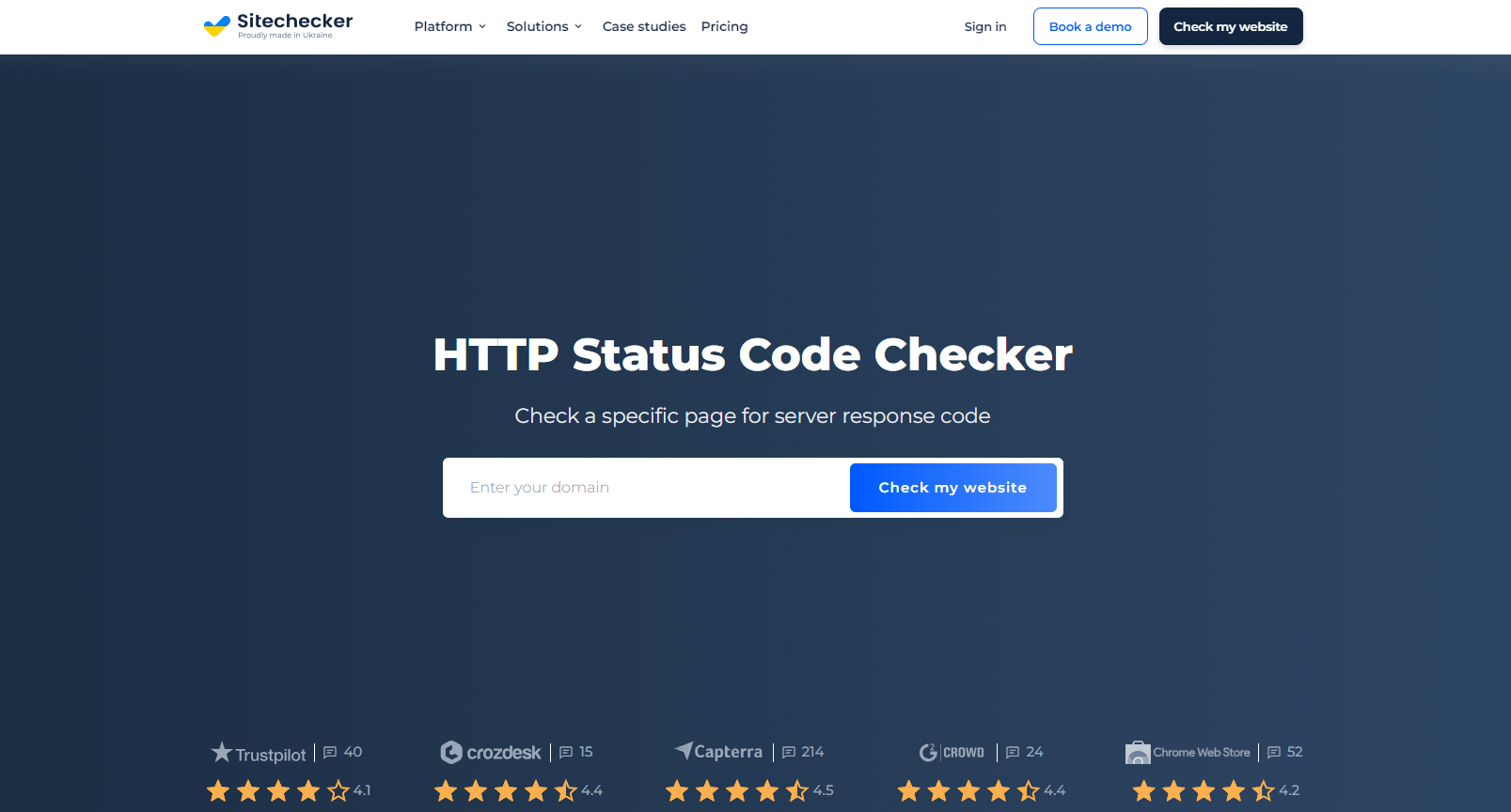
Addressing the challenge of the 451 HTTP status code, denoting “Unavailable For Legal Reasons,” is important for both user experience and SEO. A key issue is the incorrect or excessive use of this code on your site.
Using tools like Sitechecker.pro can be invaluable in this process. It audits HTTP status codes, helping you understand where and when 451 codes are appearing on your site. With this information in hand, you can strategically tackle the issues, potentially involving correcting misuse of the code, creating geo-specific content, or seeking legal guidance.
In essence, detection tools like Sitechecker.pro, combined with an informed strategy, can help mitigate the potential challenges posed by 451 status codes.
Conclusion
The 451 status code, although part of the official 4xx group of status codes that indicates client-side errors The 451 HTTP status code denotes that certain content is legally restricted, presenting unique challenges for website administrators. Its impacts on SEO are significant, potentially leading to de-indexing of pages, compromised domain authority, negative user experiences, and regional inconsistencies.
Strategies to address these include geo-targeting, alternative content provision, legal consultation, correct use of status codes, and clear communication. Regular audits, potentially using tools like Sitechecker.pro, can help rectify common issues associated with the 451, like inappropriate use or overuse, unclear communication, misunderstanding of legal requirements, and traffic impacts. By proactively addressing these, administrators can mitigate potential SEO impacts, promoting better user experience and website performance.
